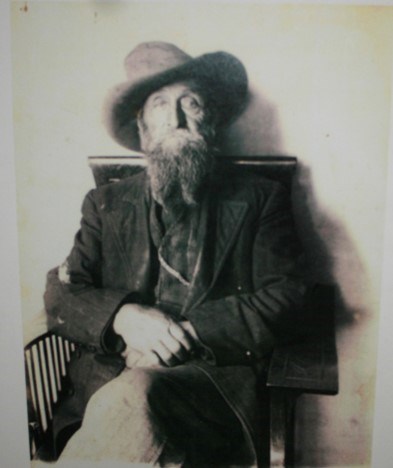The Wilson Museum in Dundurn, south of Saskatoon, has an unusual policy for museums.
“We are an interactive museum,” said chairperson Carol Buchholz during a guided tour.
“We encourage visitors to touch the artifacts. That’s how you learn,” she added, looking at a cool taxidermy exhibit of local wildlife.
A former cowtown with a military connection, Dundurn has lots of history to preserve.
In those days the military members from nearby Camp Dundurn often mixed it up with local cowboys.
“The cowboys wore hats and brushed horses. The soldiers shot guns and wore uniforms. Our girls were attracted to the soldiers.”
Today the military drinks in its on-camp mess.
She has interesting stories about cooking on a coal burning cast iron stove.
All small town museums have at least one unique display. Dundurn has several from the once-worn robe made of breast feathers of prairie chickens to a rare brown Mounty uniform to a model bomber airplane made from cigarette package foil to an Indigenous rain dance outfit.
The health care exhibit of an iron lung from the 1960s was used to allow recovering polio victims to breathe.
The piece de resistance is a saddle and display dedicated to local legendary rancher James Augustus Parmer.
An eccentric gun toter Parmer was feared by some but a friend to others.
He homesteaded there in 1905, aged 65, re-locating from the United States where he was reputed to have been a Quantrill’s raider during the Civil War and to have ridden with infamous outlaw Jesse James robbing banks
In a 1932 interview at the age of 91, Parmer, admitted knowing Jesse James and wanting to ride with his gang.
James told him he wasn’t tough enough, hadn’t killed anyone and told him to work for Buffalo Bill Cody.
He recalled an incident while fence checking for Cody when he found two rustlers re-branding stolen cattle.
In the ensuing gunfight, Parmer killed both but was wounded. His horse carried him 14 miles to assistance. When his boot was pulled off it was full of blood.
The incident may explain the two notches on his six gun. Gunfighters of the old west put a notch on their gun for every killing.
Museum information says Parmer and his son lived in a shoddy shack.
They dug a hole in front of the door. At night they pulled the planks from it so intruders would fall in.
He slept with a loaded revolver under his pillow until he died in 1935.
Ron Walter can be reached at [email protected]




